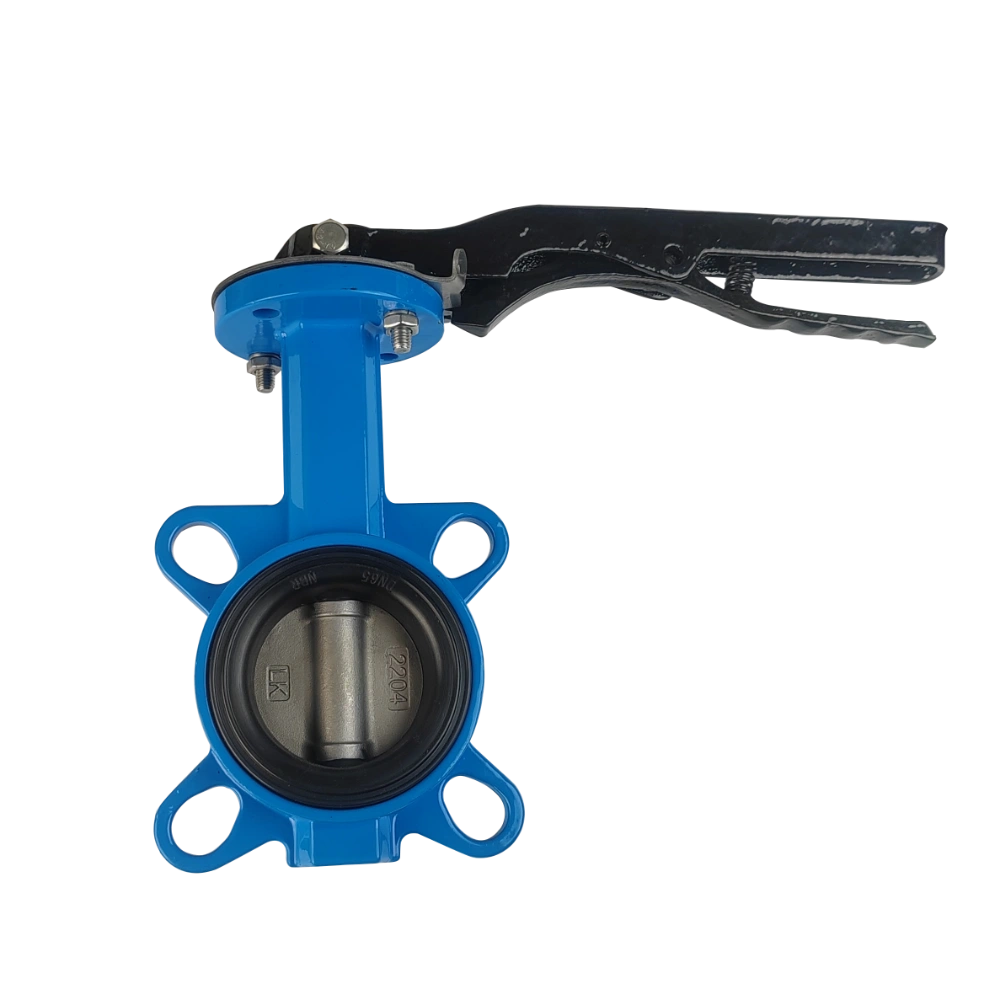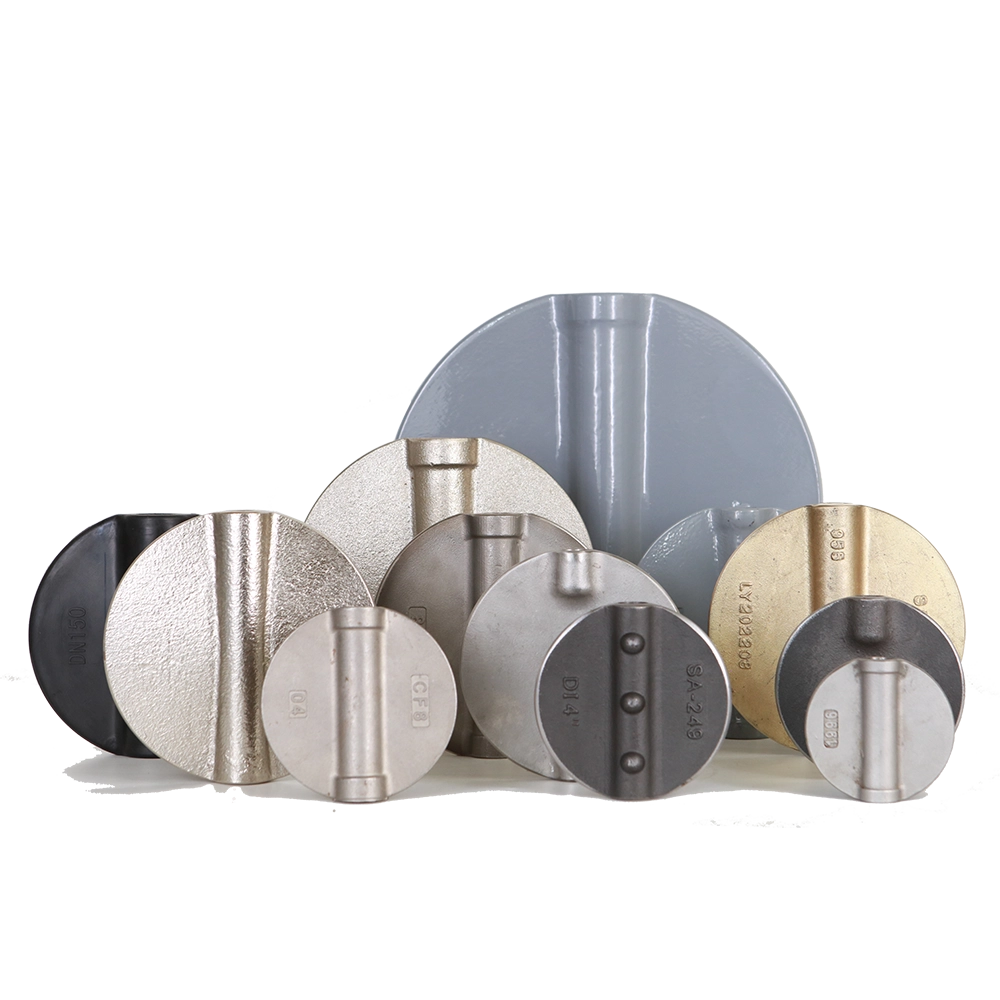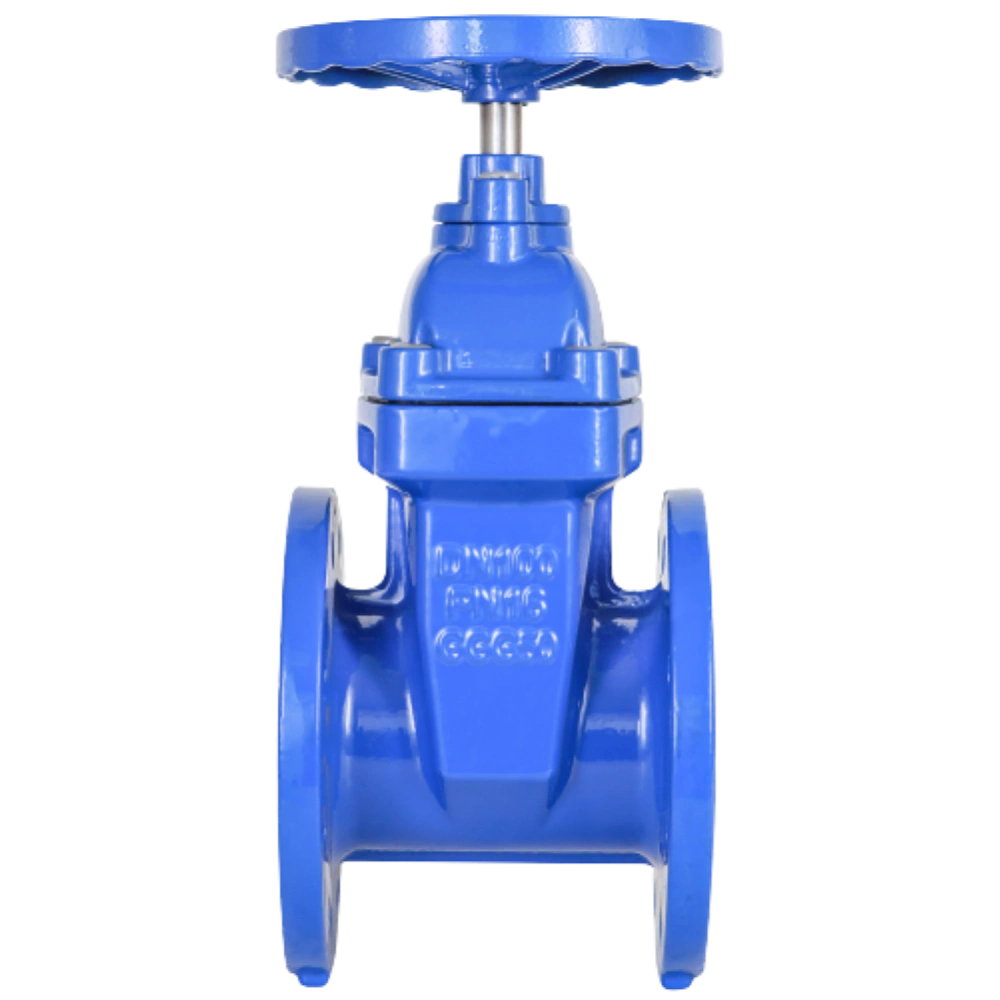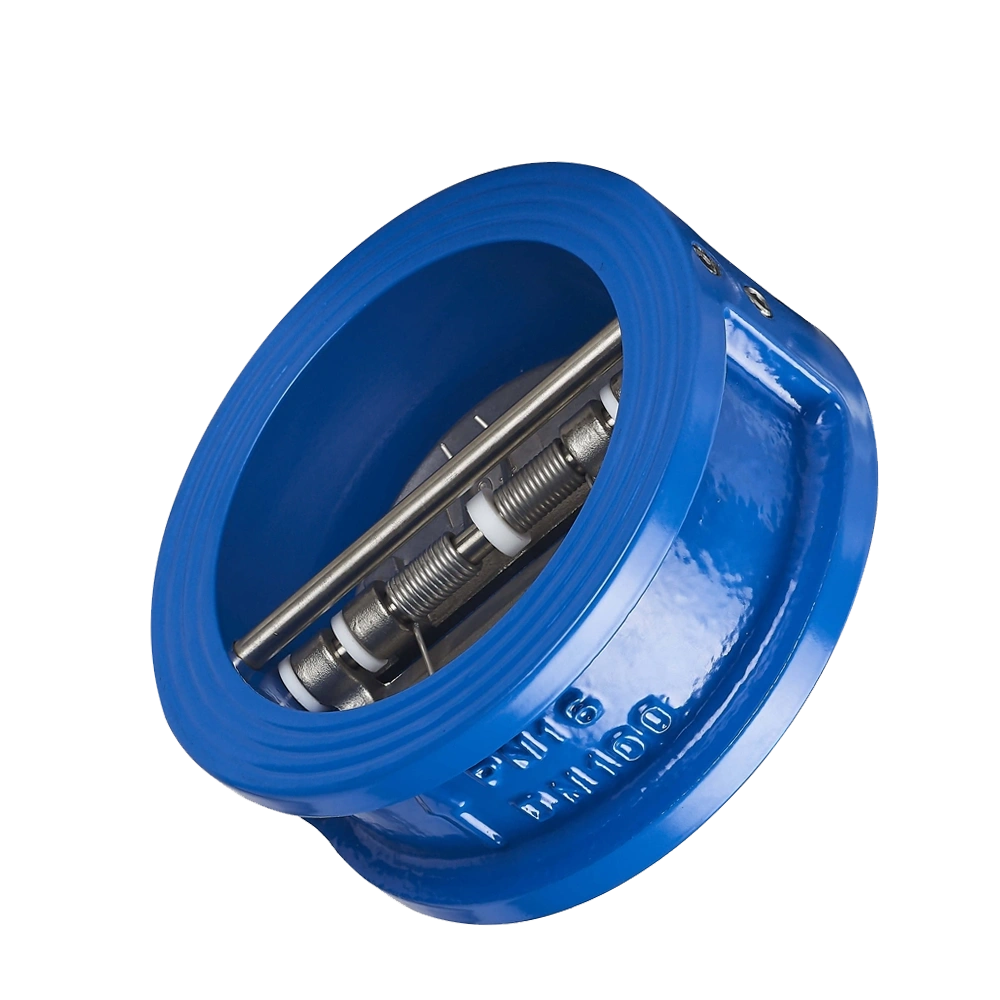As a company specializing in valve manufacturing, we understand the importance of safe isolation in industrial fluid systems. When performing industrial fluid system maintenance, there may be situations where single line pressure or internal flow poses a hazard to technicians. Therefore, isolating all fluid system lines before maintenance becomes a top priority for risk managers.
To ensure a basic state of zero pressure and zero flow, the design and installation of two globe valves has become an industry and safety standard. In the use case, we explored two common isolation scenarios, as well as the main isolation configurations applicable to different locations in the plant.
Isolation configuration for primary location
In a factory or industrial facility, fluid system lines may need to be isolated in the following locations:
Equipment or components that require regular maintenance, such as filters, valves, or transmitters.
Systems, sliding devices, or piping that require reconfiguration, repair, or replacement.
Any part of the main process line that may require repair or maintenance.
Any instrument line disconnected from the process line, such as a sampling station, sampling system, or pressure, temperature, or flow coefficient.
Calibration fluids in the sampling system and any sampling that can be turned on or off.
Configure the isolation scheme
To avoid using only one stop valve or not using a spare valve, we recommend one of the following two main configurations:
Double-break dual discharge (DBB) configuration: This configuration is typically used for the transition from process line to instrument line when using process interface valves, or for piping to an instrument or device, such as a transmitter. The DBB configuration uses three valves that can be used as a single valve set or as three separate components.
Bypass loop configuration: A bypass loop is a slightly more complex configuration that not only isolates the fluid system lines during maintenance, but also changes the flow route so that the process continues to operate during maintenance. For example, the first stop valve in a bypass configuration can be a three-way valve to divert flow around the portion of the line that needs maintenance, allowing system filters to be replaced without downtime.
Isolation and pressure relief
When preparing to maintain any fluid system, pressure relief is the first step. To prevent pressure buildup in the maintained pipe section, it is recommended to install two stop valves in sequence. Even if the leakage of a single globe valve on the seat is minimal, it can still cause a safety hazard. To prevent this, we recommend using a double-break double drain (DBB) or bypass loop configuration in the fluid line.
We are committed to providing valve products that meet safety standards to ensure that your industrial fluid system is always in top condition. With continuous innovation and improvement, we will continue to provide you with smarter and more reliable valve solutions.
Thank you for your attention and support. If you have any questions or cooperation intentions, please feel free to contact us. We look forward to providing you with the best quality valve products and customized solutions.




